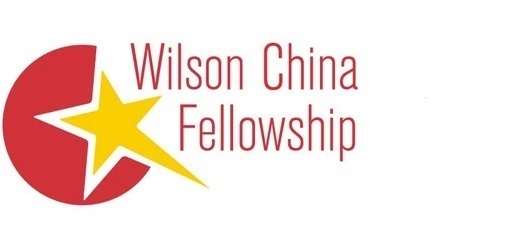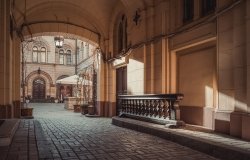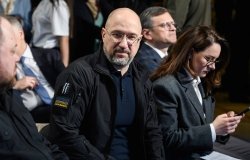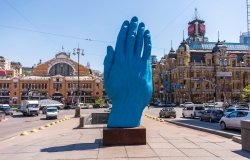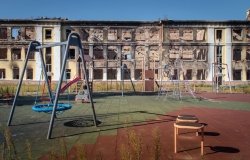
A blog of the Kennan Institute
Amplifying Opera at a Time of War
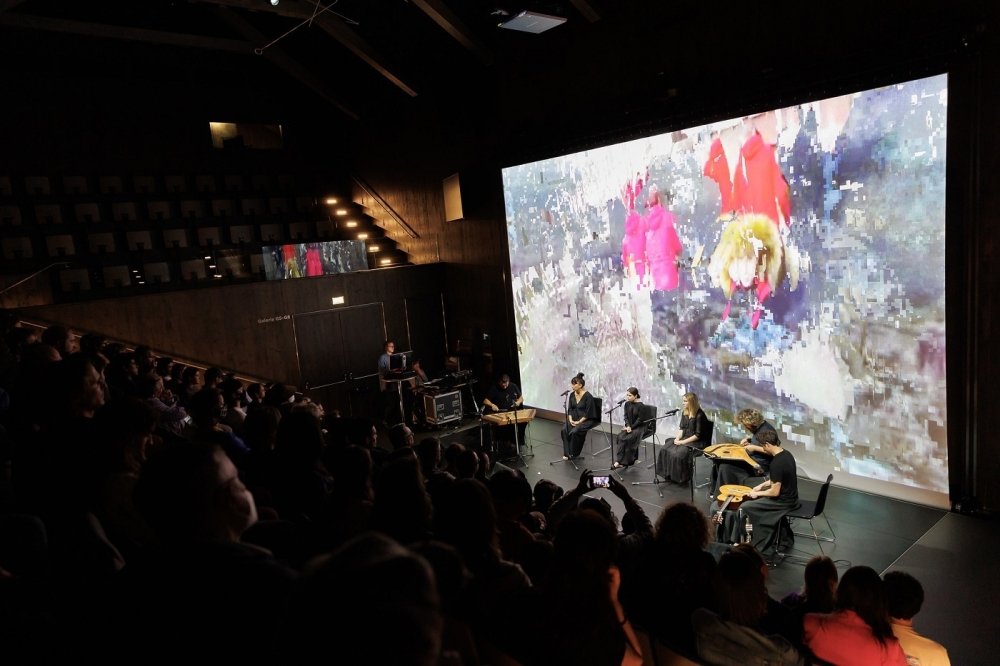
Flickr/Ars Electronica (CC BY-NC-ND 2.0)
Ukraine’s music scene constantly surprises. Opera Aperta opened at a time when some critics bemoaned the possibility of a contemporary opera catalogue, but the company has found ways to survive during wartime, creating new opportunities to address the current moment. Founded by Roman Hryhoriv and Illia Razumeiko, Opera Aperta has emerged as a noteworthy opera incubator.
Hryhoriv is a multi-instrumentalist, conductor, and composer in his early 30s from Ivano-Frankivsk who started out pursuing a passion for rock music. An encounter with Vasyl Stefanyk, a talented professor, opened the world of classical music. By the mid-2010s, Hryhoriv was performing and managing projects in Ukraine and as far afield as the U.S. and China.
He began collaborating with composer Ilia Razumeyko at this time. Five years younger than Hryhoriv, Razumeiko studied composition in Kyiv and Vienna, wrote film scores, and began writing operas. His partnership with Hryhoriv naturally evolved out of the vibrant contemporary music scene of Ukraine.
The current war prompted an unexpected collaboration in October with Genesis: An Opera of Memory in 13 mise-en-scene at Kyiv’s Khanenko Museum. The project was created with a beautiful multidisciplinary team of Ukrainian artists, including choreographer Khystyna Slobodianiuk, theater designer Kateryna Markush, performer and visual artist Evhen Bal, media artist Georgyi Potopalskyi, and a cast of singers, dancers, performers, and instrumentalists.
The story of the Khanenko Museum tracks the traumas of Kyiv over the past century and a half. The merchant Bohdan Khanenko (1849–1917) and his wife Varvara Tereshchenko (1852–1922) founded the museum as a private collection. Their collection of European art from the 14th through the 19th centuries resulted from the couple’s four decades of travel to European galleries. In 1918, Madame Khanenko bequeathed the collection and its neo-classical building to the Ukrainian Academy of Sciences. Within a few years, the new Bolshevik regime removed the Khanenko name from the collection and nationalized its works.
Much of the collection was moved east to Ufa in Bashkortistan for safekeeping during the Second World War. Nazi occupiers pillaged the art that remained. The diminished collection remained closed between 1986 and 1998, reopening in 1999 as the Khanenko Art Museum. The new permanent collection included both European and Asian works dating from the 6th through the 20th centuries. Located across Taras Shevchenko Park from Kyiv National University in central Kyiv, the revived museum quickly found a ready audience.
Hryhoriv and Razumeiko had been fascinated with the collection’s history and fate. They discovered, for example, that Lucas Cranach the Elder’s 1526 painting “Adam and Eve,” once owned by the Khanenkos, had been sold and resold, first by the Bolsheviks and then by European art dealers. This painting corresponded chronologically with Giulio Camillo’s 1544 treatise “The Idea of Theater,” which informed the creative team’s notions about the “theater of memory.”
Camillo lived in the intellectually turbulent worlds of late 15th century northern Italy, and early 16th century Paris. In 1530, he outlined his ideas concerning the idea of theater for Francis I of France. For Camillo, theater was an intellectual act, a means for engaging in philosophical discourse rather than an instrument of the physical senses. His ideas were recovered in the 20th century by those who promoted theater as an act of memory.
When the Russians invaded Ukraine in February, museum workers whisked the collection into safe storage, leaving its 13 exhibition galleries empty. A few months into the war, Hryhoriv and Razumeiko began to explore how they could bring their interest in Camillo’s work together with its connection to the Khanenko Museum through Cranach’s painting, and the realities of an art museum now devoid of art. The result has been Genesis.
A multimedia extravaganza staged in the Khanenko Museum’s empty galleries, Genesis connects the biblical creation story with the formation of the arts. The first seven galleries—parallel to the first seven days in the Bible—track the formation of the planet, from light and sound to consecration by the muses. The remaining five rooms focus on the “theater of memory,” as sound and light illuminate the world, prompting memories of varied histories. Spectators follow the performers—10 opera singers and 10 instrumentalists—from room to room (or virtually on webcasts). The resulting performance animates the emptiness of loss from war.
Hryhoriv and Razumeiko’s opera prompts audience members to slow down and consider a history torn asunder by war. This attempt becomes a step towards recovery. Their opera’s performance during wartime offers a compelling example of how Ukrainians are wrestling with their past and current realities in order to move into a once unanticipated future.
The opinions expressed in this article are those solely of the author and do not reflect the views of the Kennan Institute.
See our newest content first.
Subscribe to receive the latest analysis from Focus Ukraine.
About the Author

Blair A. Ruble
Former Wilson Center Vice President for Programs (2014-2017); Director of the Comparative Urban Studies Program/Urban Sustainability Laboratory (1992-2017); Director of the Kennan Institute for Advanced Russian Studies (1989-2012) and Director of the Program on Global Sustainability and Resilience (2012-2014)
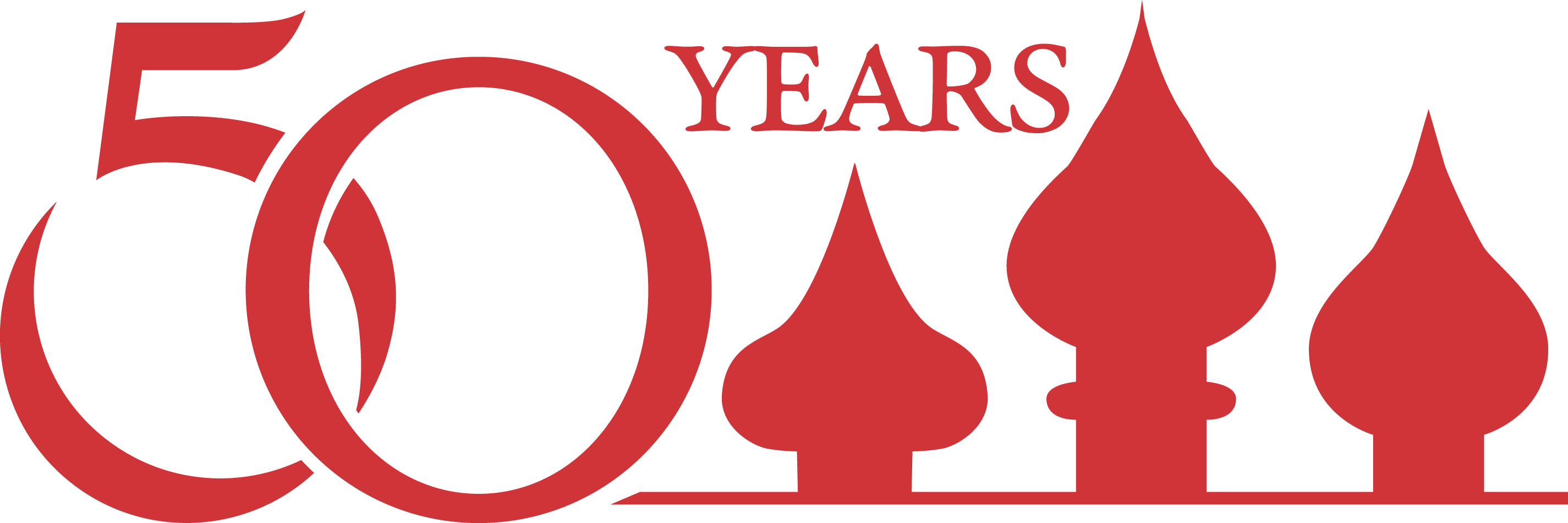
Kennan Institute
The Kennan Institute is the premier US center for advanced research on Eurasia and the oldest and largest regional program at the Woodrow Wilson International Center for Scholars. The Kennan Institute is committed to improving American understanding of Russia, Ukraine, Central Asia, the South Caucasus, and the surrounding region though research and exchange. Read more
